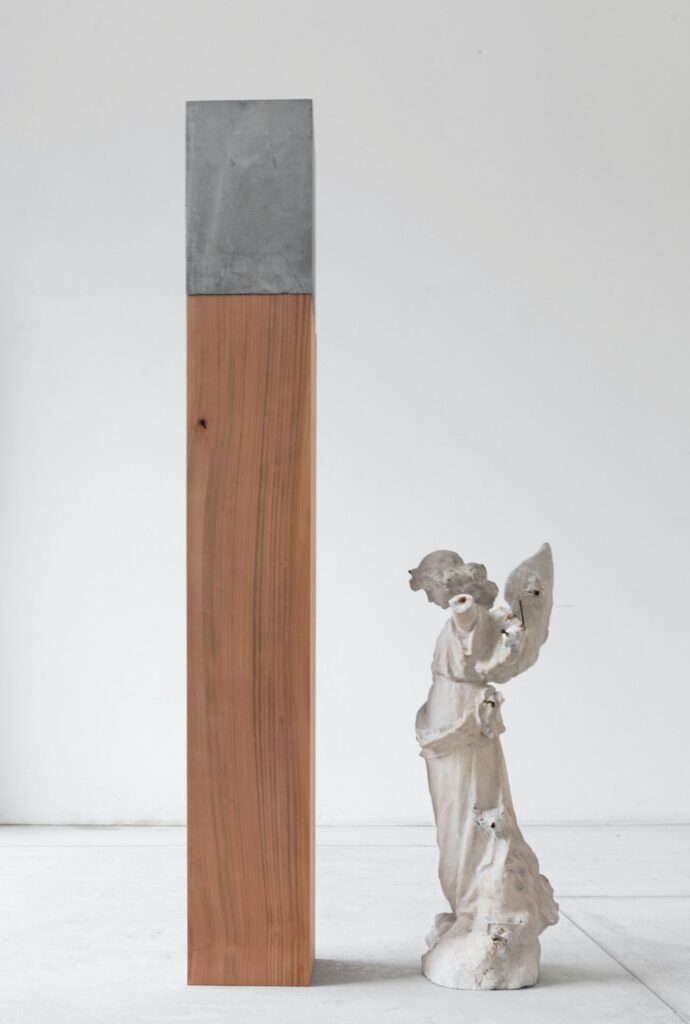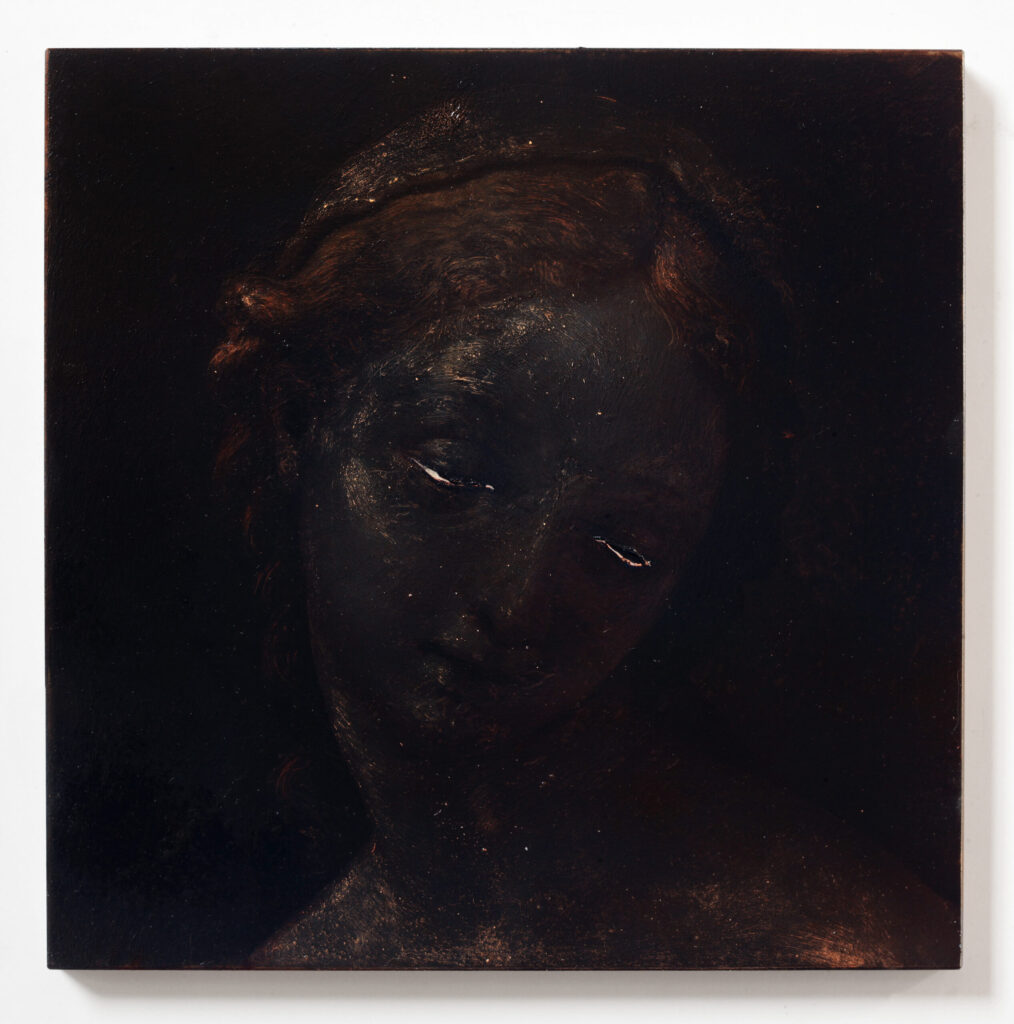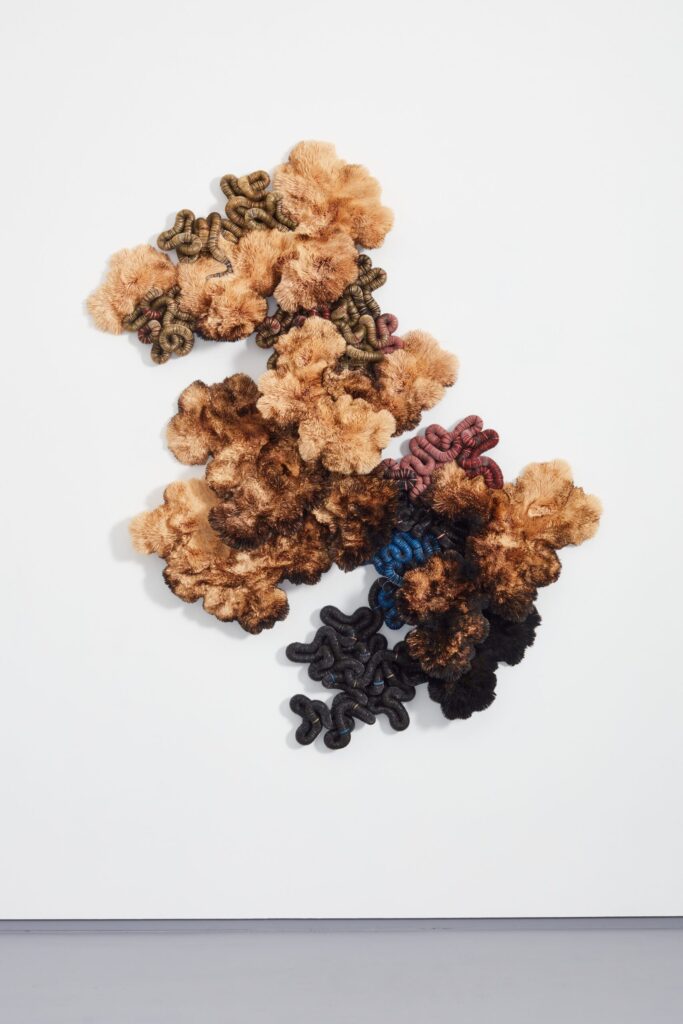In the heart of the lively city of Turin, the contemporary artistic scene recently came alive with an extraordinary celebration dedicated to art, innovation and creativity. Artissima, one of the most prestigious and influential art events in Europe, has opened its doors for the 2023 edition, giving visitors a unique and engaging experience within the vast and varied world of contemporary art.
The energetic atmosphere that permeated the air of Turin during the days of the fair was an irresistible attraction for art enthusiasts, collectors, critics and curators from every corner of the globe.
Artissima has emerged as an extraordinary showcase to explore the most avant-garde trends and the most fascinating works of contemporary art, offering the public the opportunity to immerse themselves in a world of limitless creativity.

I have drawn up a list of galleries that have diversified starting from the selection of artists and works, also on the basis of materials as well as themes.
I would like to start with the Me Vannucci gallery in Pistoia, a gallery with a long history which is a cultural hub for the city and a point of reference for the territory, which in Turin presents the work by Michelangelo Consani entitled Così Lontani così vicini (Faraway, so close) from the film by Wim Wenders and Giovanni Termini, with Grata and Misura di un intervallo.
Consani’s work features a cherry wood beam, at the top of which is a concrete block, in front of it, the plaster statue of an angel missing upper limbs and parts of the body. The two artists’ works are part of a path that refers to the Relationship of Care, and their instinctive focus on ‘others’. Consani-Termini’s works cross four opposing and complementary ideas: presence/absence and infinite/finite, while knowledge is at the zero point.
Observing the stand, and reading the directions, Martin Heidegger’s philosophy comes to the rescue to remind us that art is an instrument of care and truth, as it reveals and opens up the understanding of a particular world. Every work of art, according to the German philosopher, reveals an aspect of the truth and allows us to see the world in a new light. The truth therefore becomes temporality, concern and authenticity of care. This latter concept, which the two artists, created in the stand designed for Artissima 2023. In fact Consani, with the work Così lontani così vicini, (2020 cherry wood, cement plaster, dimensions 150x160x35): is a dialogue between an angel of plaster – an iconographic expression of the divine which, in this work, becomes earthly (just like in Wenders’ film, Cassiel, played by the actor Otto Sanders) thanks to the decay of the sculpture with its broken wing and the cherry wood monolith and concrete, synthesis by contrast of a yearning for transcendence. As in the film, Consani’s angel and Cassiel maintain their angelic condition, but they are both enriched by the awareness that men limit themselves to taking the Light and keeping it for themselves, closing themselves in many small prison worlds in which there is little space for solidarity and “redistribution” of light towards others. Altruism that the two artists try in every way to denounce.


The spirituality of the monolith derives, in part, from the cherry tree, a symbol of rebirth in Eastern cultures, and from the concrete block made pure by its polishing and defined edges, so much so that it seems like metal. The figures that make up the work are fragments that function like scenes from a film, helping to create an infinite movement that realizes its tension towards the immaterial through this restless search for form and substance. Even the drawing entitled The Best Offer, again a cinematic quote, this time by Tornatore, plays on the paradox that Consani brings forward, that is, a constant focus on the immaterial and a material inclination for care, which will be seen applied through the Kinsugi applied to the sculpture of the angel.
In Termini’s works, in both Grata and Misura di un intervallo, the threshold, the wait and the separation become a material moment for a reflection starting from the lived space. Care, through the works of art of these two authors, becomes a moment here and now, material and immaterial for a reflection on ourselves and others.
In the path that I have outlined, there is Monitor Gallery with Nicola Samorì, who stands out with Blend (La Francia Fiamminga), for various reasons starting from the now famous technical ability, and exceptional mastery of traditional pictorial and sculptural techniques. The precise details, the realistic rendering and the attention to detail, which in general in his artistic production demonstrate a profound technical competence. Then we have innovation and experimentation. Those who know Samorì know that despite his mastery of techniques, he is known for his willingness to experiment and innovate, in fact, his art often combines traditional elements with contemporary approaches, creating a dialogue between past and present. This ability to challenge traditional artistic conventions attracts the attention and admiration of critics and art collectors.

The artist explores complex themes, such as the fragility of human existence, mortality, suffering and the erosion of time, profound and universal themes that are linked through the multiple painted surfaces, capturing the attention of viewers and stimulating reflection. His unique aesthetic: Blend (Flemish France) is also a disturbing and surreal work, with a dark and decadent atmosphere. It seems to give life to a sculpture, which seems to be made of flesh, with a glassy, shiny look, and real hair, but instead, it is just a two-dimensional painting. This unique and recognizable aesthetic evokes infinite emotions.

Collica&Partners bring other Sicilian authors to Artissima 2023, but Urs Lüthi emerges forcefully with a great photograph that is part of the 2014 Brachland/Wasteland series, a project included in a large volume published by Skira entitled Who Does Contemporary Art Speak to? In this case, Lüthi’s art speaks of rupture, the transience of human life and the inevitability of change. The artist reflects on contemporary social and cultural dynamics through this damage. Why do we break? Why do things break, as well as human relationships? Brachland is a psychological and introspective investigation, which explores the complexities of human emotions and interpersonal relationships.
WHATIFTHEWORLD gallery with Chris Soal, a South African and very young artist already known internationally, who with “recycled” materials such as metal caps or bamboo toothpicks gives life to natural environments, recalling the world of mould, sea anemones and plant life in genre, placing the reflection that it is the hand of man that immutably transforms Nature. Soal, like many other great African artists, including El Anatsui, awarded the Golden Lion in Venice in 2015, or Pascale Mathine Tayou uses waste materials.
In reality, Soal does not discard anything, we could say instead that he works by mixing two important currents of the twentieth century, the ready-made and Arte Povera, as his works are created with objects just produced by large industries and at the same time aspire to reflect on the strong connection we have with nature and the environment. By trying to minimize the environmental impact and incorporating natural elements into his works, Soal poses a paradox, of creating art through manual and artisanal work in contrast with the industrial production of the objects he uses. WHATIFTHEWORLD gallery still confirms itself as one of the largest galleries in the world, with a careful selection of artists.

For Acappella Gallery, founded in Naples in 2015, with the aim of promoting national and international artists through exhibitions of works created specifically for its exhibition venue. It represents the natural continuation of the activities of the Museo Apparente, a design and experimentation space inaugurated in 2011. They bring Michele Cesaratto and Leonardo Devito to Artissima 2023, I would like to focus on the latter. Born in Florence in 1997, Devito created for the stand of the Acappella gallery, paintings that recall some of the masters of art history, from the oldest such as Masaccio, through Piero Della Francesca to the most recent such as Cagnaccio da San Pietro and more in general, I find references to the Magical Realism of Donghi and Casorati. Devito’s painting is made of warm tones, and the characters depicted seem surrounded by an aura of mystery as if time had stopped so that a butterfly is immortalized forever in the moment of flight. The shadows are barely hinted at and the faces appear seraphic. Finally, a different painting, no longer “art brut” but which brings with it many emotions, even if it strongly recalls the past.
Other galleries that have the merit of being mentioned are the Car Gallery with the artist Julia Haumont, the Copperfield Gallery with Rebecca Romero and the Rosenfeld Gallery with Ioana Maria Sisea who sets up the entire stand with her little ceramic women, glazed in gold. Sisea’s works revolve around the concept of “desire”. Her sculptural scenes portray the physical expression of “hedonism” and are meaningful, full of humour and illustrate the most obvious situations exacerbated by a “society that buys everything with money”. The absence of moral judgment allows us to look at them as they are and to decide for ourselves what they can say about “desire” and the society that produces these extreme examples. Approaching a topic from various directions gives his works a remarkable coherence and also lends a greater richness to his approach varied with different means.
There were many galleries that exhibited superlative artists in this edition, I hope to be able to talk about them on future occasions.







